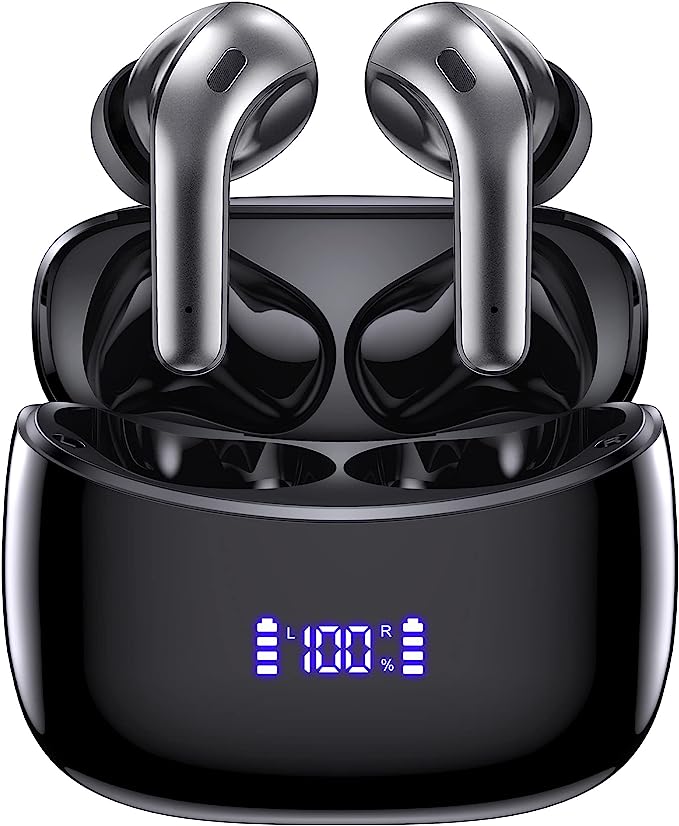Electric Pencil Sharpener Troubleshooting: How to Fix Common Problems
Update on Oct. 28, 2025, 7:23 p.m.
It’s a frustrating moment. Your trusty electric pencil sharpener, the workhorse of your office, classroom, or studio, suddenly gives up. Maybe it’s completely silent, maybe it just hums angrily, or maybe it runs but fails to sharpen. Your first instinct might be to sigh, declare it broken, and toss it in the bin.
But hold on. In most cases, your sharpener isn’t dead. It’s just clogged, jammed, or in need of some basic cleaning. With a few minutes and a couple of simple tools, you can often bring it back to life, saving you money and reducing waste. Think of yourself as a detective and a doctor for your tools. Let’s walk through the diagnostic process.

The Golden Rule: Safety First
Before you do anything else, unplug the pencil sharpener from the wall outlet. This is non-negotiable. Never attempt to inspect or clean the device while it is connected to a power source.
The Diagnostic Process: From Simple to Complex
Let’s identify the symptom and work our way down the list of possible causes.
Symptom 1: The Sharpener is Completely Dead (No Sound, No Action)
- Check the Outlet: This sounds obvious, but always check if the power outlet is working by plugging in another device you know is functional.
- Check the Shavings Bin: This is the most common culprit. Nearly all modern electric sharpeners have a safety interlock switch. If the shavings receptacle isn’t fully and correctly inserted, the motor will not activate. This safety feature, like the SafeStart motor on X-ACTO sharpeners, prevents the cutters from operating when they are exposed. Remove the bin, check for any debris blocking it, and re-insert it firmly until it clicks into place.
Symptom 2: The Motor Hums, But the Blades Don’t Spin
A humming sound is actually good news: it means the motor is getting power. The problem is mechanical, not electrical. The cutter is blocked.
- Empty the Bin: An overfilled shavings bin can cause debris to back up into the cutting mechanism, jamming it solid. Empty it completely.
- Clear the Jam: Even after emptying, shavings can remain wedged in the cutter assembly. With the sharpener unplugged, hold it over a wastebasket and gently tap it on the sides to dislodge any loose particles.
- Use a Tool (Carefully): Look into the cutter area. You might see a piece of wood or a large chunk of lead stuck in the helical blades. A straightened paper clip is your best friend here. Gently insert it and try to dislodge the obstruction. Your goal is to break it up or pull it out, not to apply brute force.
Symptom 3: The Motor Runs, But It Doesn’t Sharpen
This usually means something is blocking the pencil’s path to the cutters.
- Look for a Broken Tip: The most common cause is the tip of a pencil lead that has broken off and is now lodged deep inside the sharpening hole.
- Dislodge the Tip: Unplug the unit. Sometimes, you can simply turn the sharpener upside down and the broken tip will fall out. If not, use your trusty paper clip again. Try to gently push the lead from the inside (through the shavings bin compartment) or carefully break it up from the front.
Symptom 4: Sharpening is Slow, Rough, or the Point is Dull
This is an issue with the cutters themselves.
- Waxy Buildup: If you sharpen a lot of colored pencils, a waxy film can build up on the blades, reducing their effectiveness. The fix is surprisingly simple: sharpen a few standard graphite pencils. The graphite acts as a mild abrasive and lubricant, cleaning the cutters.
- Worn Cutters: Like any blade, sharpener cutters will eventually wear out, especially after thousands of uses. If you’ve had your sharpener for years and cleaning doesn’t help, it may be time to replace the cutter assembly (if your model supports it) or the unit itself.

Preventive Care: The Best Cure
You can avoid most of these problems with a little routine maintenance.
- Empty the bin regularly. Don’t let it get more than halfway full.
- Don’t sharpen what you shouldn’t. Avoid crayons, chalk, or soft, waxy art sticks.
- Appreciate good design. Features like an Auto-Reset motor, which prevents overheating during a jam, are designed to protect your investment. A well-designed machine is easier to maintain and less prone to failure.
Before you give up on your electric sharpener, take ten minutes to be its doctor. More often than not, a simple, careful cleaning is all the medicine it needs to get back to work.










